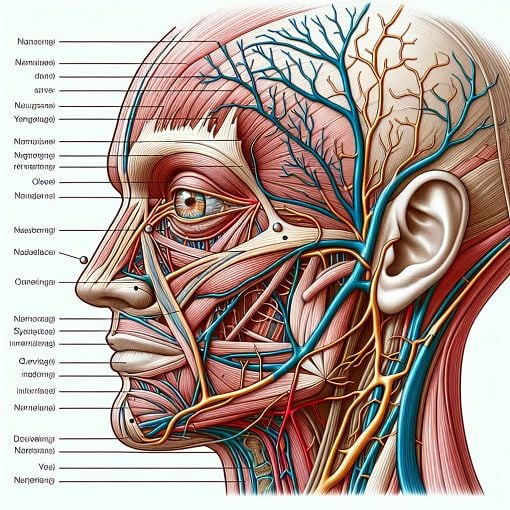Facial Nerve Anatomy Quiz
{"name":"Facial Nerve Anatomy Quiz", "url":"https://www.quiz-maker.com/QPREVIEW","txt":"Test your knowledge of facial nerve anatomy with our engaging quiz! Whether you're a student, a teacher, or just curious about the intricate workings of the facial nerve, this quiz is designed for you.Covering essential topics such as innervation, cranial fossa structures, and muscle functions, you can enhance your understanding and retention of crucial information.Multiple choice questionsCheck your understanding of facial nerve functionsLearn about key anatomical structures","img":"https://cdn.poll-maker.com/104-5107643/img-erz8bsyt0smisfzkebebim2y.jpg"}
More Quizzes
HBS2 Week 12 Monday
14722
418 MIDTERM 3RD QUESTIONS
10510
Project Delivery
1050
OneShot QUIZ
63362
Which Frozen Character Are You? Find Your True Match!
201029913
Friday Night Lights Trivia
201025907
Ace the Romeo and Juliet Final Exam: Test Your Mastery Now
201027181
Plant Vocabulary: Do Angiosperms Produce Seeds?
201044514
What Hairstyle Should I Get? Find Out with Our!
201030614
Street Smart Test: How Well Can You Navigate the City?
201077616
Free Political Trivia: 15 Questions
201028620
Free Air Pollution
201024772
